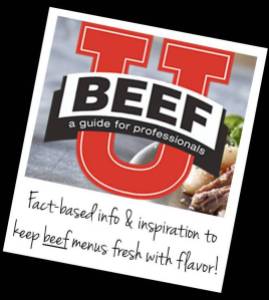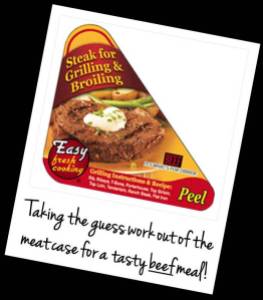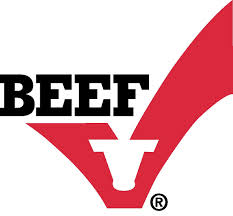Inside Trade Agreements – The World Organization for Animal Health (OIE)
Editor’s Note: Part two of a series of articles (Part 1) in which we will look at trade and the organizations that set the standards for these agreements. The next article will focus on the Codex Alimentarius. Provided by the National Cattlemen’s Beef Association for educational purposes. By: Mallory Gaines, NCBA Policy Analyst, Cattle Health
As discussed in the first article in this series, trade is a fundamental part of America’s cattle industry and the NCBA supports free and fair trade based on internationally-accepted, sound science. The framework supporting this principal is the World Trade Organization, which relies on guidelines developed by groups like the OIE.
In 1995, with the establishment of the WTO, the Agreement on the Application of Sanitary and Phytosanitary Measures entered into force. The purpose of the SPS Agreement was to ensure member countries that their consumers were being supplied with food that is safe to eat, but what is considered safe by international standards? The SPS agreement sets out the basic rules for food safety and animal and plant health standards, allowing countries to build upon this foundation to set their own standards. However, the agreement dictates that those standards and regulations must be based on science. This basis on science separates protection from protectionism. The World Organization for Animal Health, known by its French acronym OIE, is one body that sets those scientific standards.
Established in 1924, the OIE started with 28 countries. The U.S. joined in 1976, and in 1994, the OIE was designated by the WTO as the scientific reference body for animal health. Today the OIE has 178 member countries, with one country – one vote. The OIE collects and disseminates information on disease events, harmonizes health standards for trade in animals and animal products, and provides guidance for disease control and eradication. But today, the OIE is expanding with new mandates, and looking at developing guidelines on animal welfare, food production and safety, and helping member countries improve their veterinary services.
The OIE enforces strict reporting obligations for member countries for listed diseases. For routine diseases TB and blue tongue, annual and six-month reporting is required. For emergency or foreign animal disease the requirements are for immediate reporting, within 24 hours of confirmation. This applies to FMD, vesicular stomatitis, and BSE.
The OIE is made up of four specialist commissions. NCBA works most closely with the commission which develops the standards and recommendations for the safe trade of animals and animal products. Moreover, this commission oversees the work on animal welfare and food production and food safety.
As a member country, the U.S. participates at various levels, preparing the U.S. position based on science, sending official comments and working within our Region to build consensus. The OIE played a major role in our trade relationship with the first case of BSE in the U.S. in 2003. Their recognition of the U.S. as “controlled risk” for BSE helped our negotiators to rebuild foreign market share following market closures and protectionist attitudes. In May of 2013, with the work of USDA APHIS, the risk status was upgraded to “negligible risk” which further helped in gaining market share lost in the Pacific Rim, including Japan. And it is based on the standards out of the OIE that we continue to press for greater access to countries like China, Russia and Korea.
At the end of May, NCBA will attend the annual meeting of the OIE as part of the U.S. delegation. The OIE will adopt a chapter to the code of Terrestrial Animal Health and work on other policy issues. The official U.S. delegate to the OIE is Dr. John Clifford, USDA Chief Veterinary Officer, but the delegation often relies on the expertise of industry in crafting their recommendations and comments. It is important for all cattle producers that NCBA ensures the concerns of our members are addressed at the OIE and to ensure that standards considered and passed fit the needs of our industry. This will become all the more important as this body moves on to consider issues like animal welfare, on farm food safety practices and antimicrobial resistance.




















